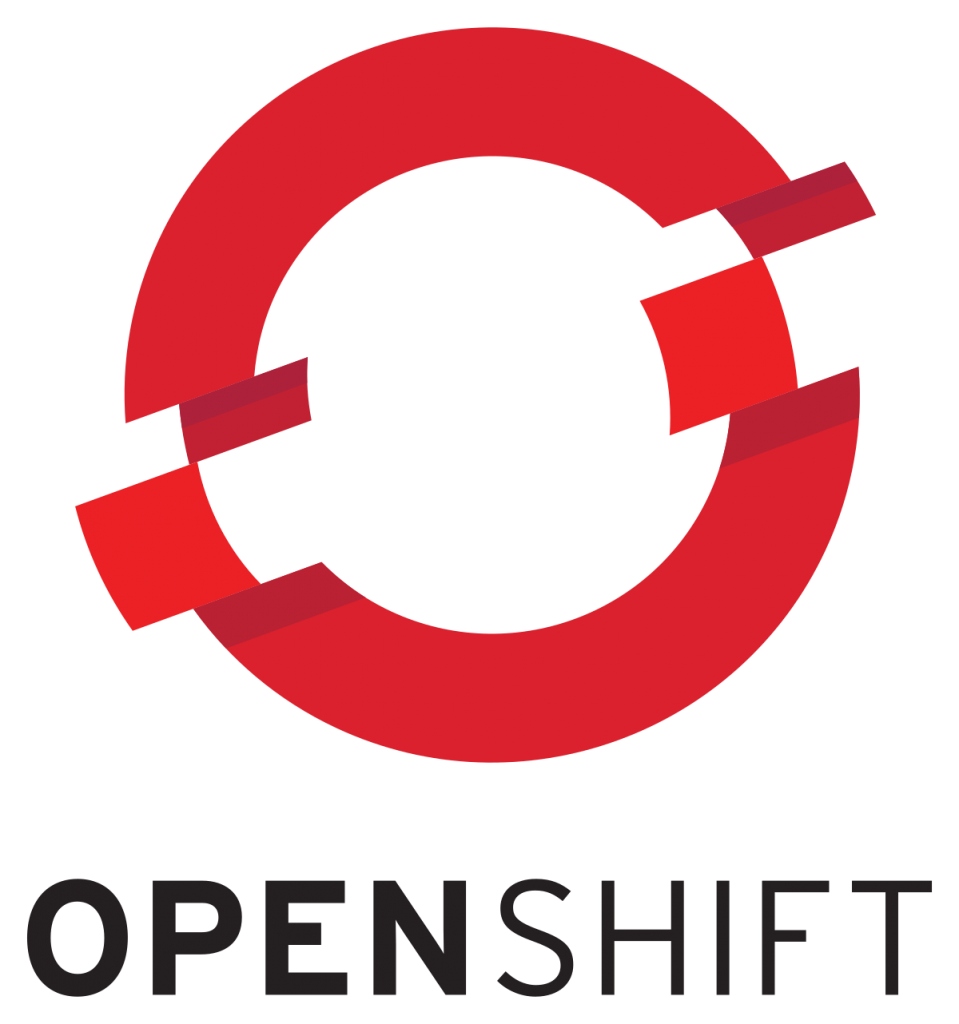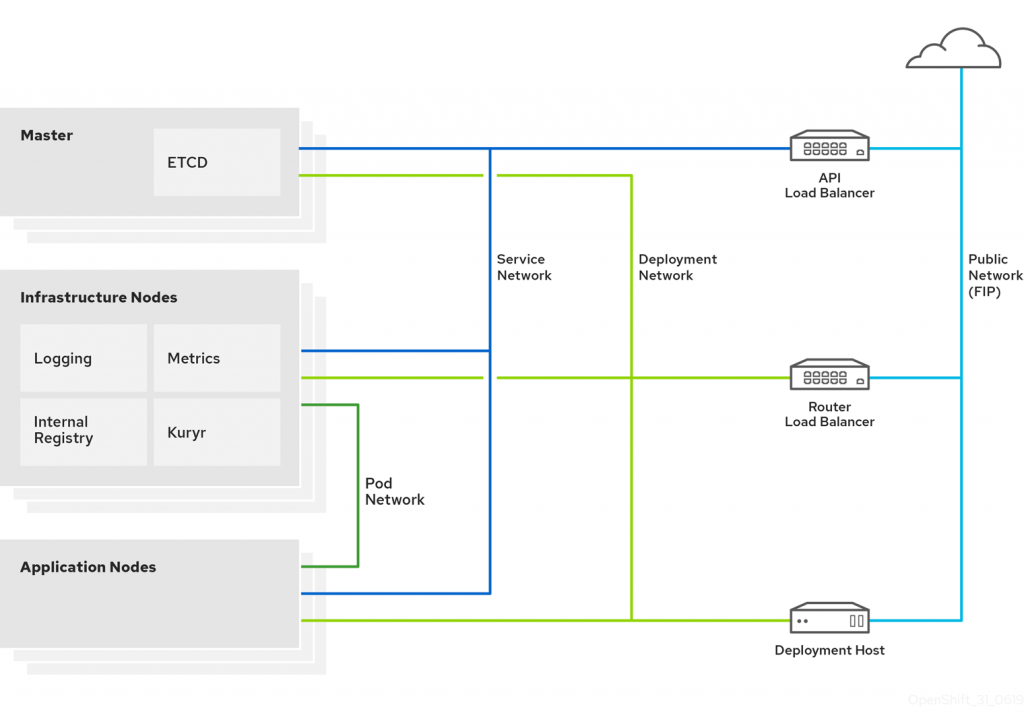
What is OpenShift?
OpenShift is a family of containerization software products developed by Red Hat. Red Hat OpenShift is a cloud-based Kubernetes platform that helps developers build applications. It offers automated installation, upgrades, and life cycle management throughout the container stack — the operating system, Kubernetes and cluster services, and applications — on any cloud. OpenShift gives organizations the ability to build, deploy, and scale applications faster both on-premises and in the cloud. It also protects your development infrastructure at scale with enterprise-grade security. OpenShift provide online and telephone support as well as an array of online video tutorials and forum support. You can choose from any major programming language to create your application and use custom domain names for marketing purposes.
History of OpenShift
It came from Red Hat’s acquisition of Makara, a company marketing a platform as a service (PaaS) based on Linux containers, in November 2010. OpenShift was announced in May 2011 as proprietary technology and did not become open-source until May of 2012. Up until v3, the container technology and container orchestration technology used custom developed technologies. This changed in v3 with the adoption of Docker as the container technology, and Kubernetes as the container orchestration technology. The v4 product has many other architectural changes – a prominent one being a shift to using CRI-O as the container runtime (and Podman for interacting with pods and containers), and Buildah as the container build tool, thus breaking the exclusive dependency on Docker.
Features of OpenShift
- Development and deployment: OpenShift enables users to create mobile and software applications and deploy them all via the client dashboard. Applications can be modified and turned on/off via this portal.
- Plans and packages: OpenShift allows you to choose from 3 standard packages which are individually customizable and scalable. You can choose from the freemium version and storage/user addons.
- Domain names and addon domains: OpenShift gives you the option of utilizing a free addon domain name or your own custom domain names. You can also set up domain redirects.
- Support and communications: OpenShift offer online ticketing and email support as well as telephone support for premium customers.
Advantages of OpenShift
- User Interface
- Cloud Platform Agnostic
- Automated Workflow
- Continuous Integration/Continuous Delivery (CI/CD) Solution
- Security
- Node Configuration
- Operating System Support
Components of openshift
- Etcd − It’s can be used by each of the nodes in the cluster. It is a high availability key value store that can be distributed among multiple nodes. It should only be accessible by Kubernetes API server as it may have sensitive information.
- API Server − It is an API server which provides all the operation on cluster using the API. API server implements an interface which means different tools and libraries can readily communicate with it. A kubeconfig is a package along with the server side tools that can be used for communication.
- Controller Manager – It can be considered as a daemon which runs in a non-terminating loop and is responsible for collecting and sending information to API server. It works towards getting the shared state of the cluster and then make changes to bring the current status of the server to a desired state. The key controllers are replication controller, endpoint controller, namespace controller, and service account controller.
- Scheduler − It is a service in master which is responsible for distributing the workload. It is responsible for tracking the utilization of working load on cluster nodes and then placing the workload on which resources are available and accepting the workload. In other words, this is the mechanism responsible for allocating pods to available nodes.scheduler is responsible for workload utilization.

Alternative of openshift
- Clever Cloud
- Amazon Web Services
- Heroku
- Google App Engine
- Engine Yard
- SAP HANA
- vCloud Air
- Oracle Cloud PaaS
Interview Questions and Answers
Best Resources, Tutorials and Guide for Openshift
Best Courses and Insitute for learning
If you want certification course for such top course. So please visit “Devopsschool.com”. You will find more certification courses here.

- Mastering Qualitative Research: The Role of Focus Groups in Data Collection - July 11, 2024
- What is robots ops? - July 10, 2024
- 5 Effective Online Learning Strategies for DevOps Professionals - July 4, 2024

